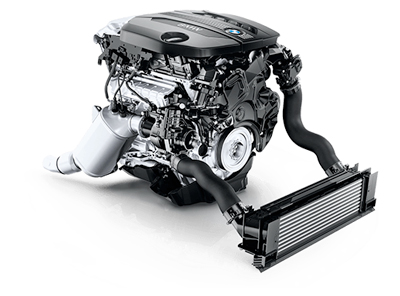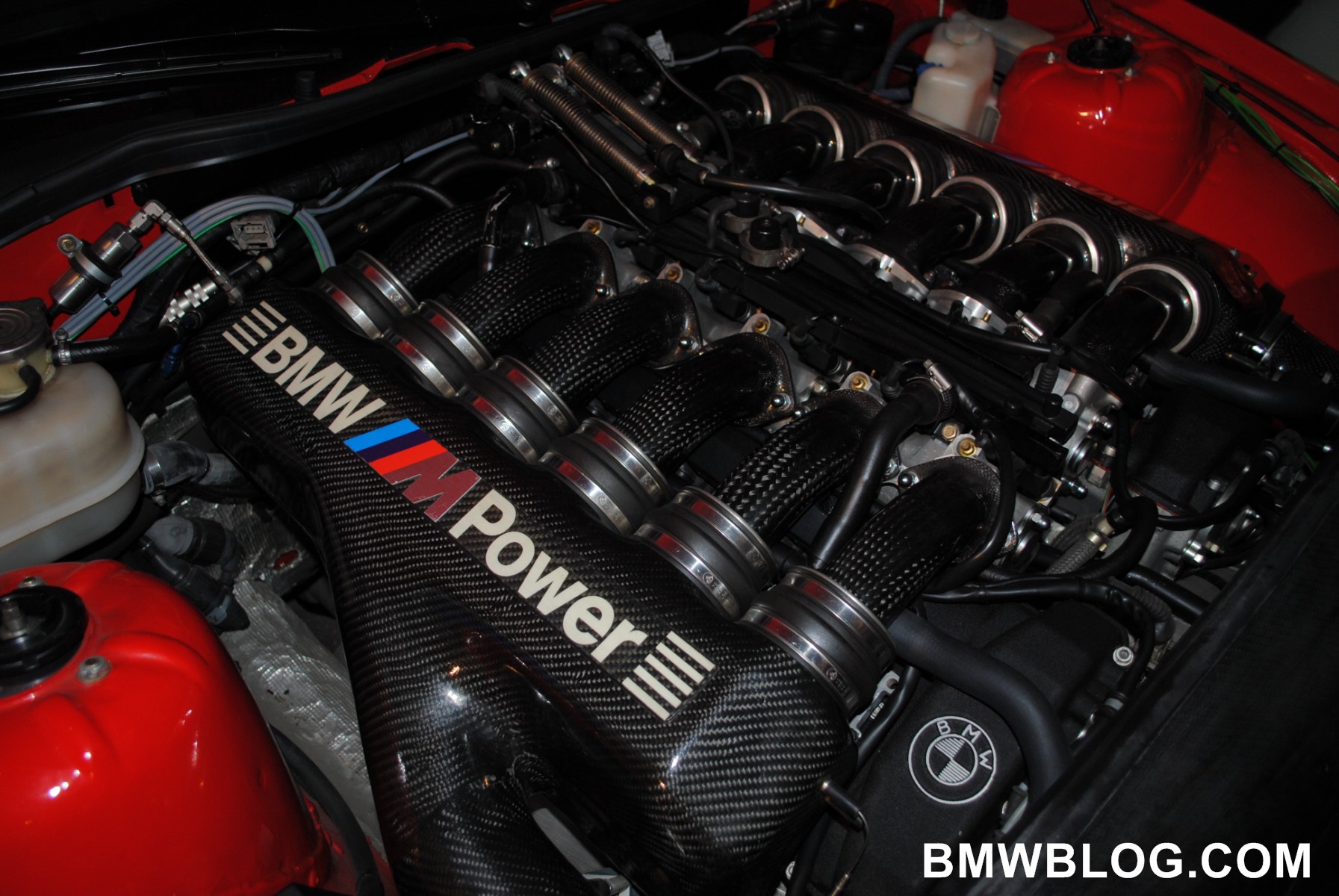Checking Out the Performance Enhancements of the current BMW Engine Designs
Checking Out the Performance Enhancements of the current BMW Engine Designs
Blog Article
Exploring the Evolution of Combustion Engines in Modern Transportation Solutions
As we browse the landscape of modern-day transport, the development of combustion engines stands as a testimony to human resourcefulness and engineering prowess. From their modest beginnings to the innovative giants thrusting automobiles today, combustion engines have actually undergone a remarkable trip of development and adjustment. Recognizing the ins and outs of this evolution not just sheds light on the past but additionally leads the way for visualizing what exists ahead in the realm of transport innovation. The interaction of background, modern technology, and environmental worries in shaping the trajectory of combustion engines produces a story that is both insightful and engaging.
Very Early Beginnings of Combustion Engines
How did the principle of burning engines first arise in the very early phases of transportation advancement? The origins of combustion engines can be traced back to the 17th century when the concepts of inner combustion were very first discovered.
The breakthrough moment featured the creation of the initial successful gasoline-powered engine by Karl Benz in 1885 - bmw engine. This engine led the way for the growth of the modern vehicle, changing transport systems worldwide. Subsequent technologies by Nikolaus Otto and Gottlieb Daimler further refined combustion engine technology, causing the automation of automobiles and the fast development of the transportation market
These early combustion engines were identified by their simplicity and effectiveness, laying the structure for the facility and effective engines utilized in contemporary transportation systems. The evolution of burning engines has actually contributed fit the way we travel and transport items, noting a considerable turning point in the history of transport growth.
Shift to Internal Combustion Technology
The transition to inner burning innovation marked a crucial change in the evolution of transport systems. This change started in the late 19th century, with innovators like Nikolaus Otto and Gottlieb Daimler establishing the first effective internal burning engines. These engines reinvented transportation by supplying a much more efficient and effective alternative to steam engines and electrical motors.
Among the essential advantages of inner burning engines was their capability to be scaled down to match automobiles, resulting in the growth of cars and motorcycles. This change from bulky, fixed engines to small, mobile ones led the method for the modern transportation systems we see today.
The change to interior burning technology likewise stimulated innovations in fuel technology, leading to the advancement of fuel and diesel as key gas sources for vehicles. This change not only made transport much more accessible to the masses however additionally laid the foundation for the oil and gas market to come to be integral to worldwide economic situations.
Impact of Combustion Engines on Transportation
The adoption of burning engines in transport systems catalyzed a profound shift in the performance and rate of global wheelchair. Burning engines revolutionized transportation by giving a trustworthy and versatile source of power for different automobiles, consisting of autos, aircrafts, vehicles, and ships. This innovation considerably improved the capability for individuals and items to conform lengthy ranges in much shorter period, bring about raised connection in between areas and countries.
In addition, the prevalent use burning engines has actually had a significant influence on economic advancement. The ability to carry products effectively has spurred profession and business, enabling services to broaden their markets and reach customers worldwide. This has actually assisted in economic growth and globalization, as items can currently be carried quicker and in larger amounts than ever in the past.
Nevertheless, the environmental impact of burning engines can not be ignored. The combustion of nonrenewable fuel use this link sources has actually caused air pollution and greenhouse gas emissions, adding to climate change and posturing health and wellness risks to populaces. bmw engine. Therefore, there is an expanding emphasis on creating alternate propulsion technologies to mitigate these unfavorable effects and develop a much more lasting future for transportation
Innovations in Combustion Engine Layout
One significant technology is the development of turbocharged engines, which utilize exhaust gases to drive a wind turbine that compresses incoming air, allowing for even more gas to be scorched, resulting in boosted power outcome without a significant increase in engine dimension. Variable shutoff timing systems have also revolutionized engine layout by maximizing air flow at different engine rates, boosting both power and effectiveness. These developments jointly add to the continuous renovation of burning engines in contemporary transportation systems.
Future Trends in Burning Engine Advancement
With innovation advancements driving constant technology, the future of combustion engine advancement is positioned to transform transport systems globally. One of the crucial fads in burning engine advancement is the press in the direction of higher performance and reduced discharges.
An additional prominent fad is the adoption of hybrid modern technologies in burning engines. Hybrid engines combine standard burning modern technology with electric power, providing enhanced fuel effectiveness and reduced exhausts. As the auto industry shifts towards electrification, hybrid combustion engines are viewed as a transitional option that links the void in between traditional lorries try this out and totally electrical ones.
Moreover, the integration of smart innovations, such as expert system and information analytics, is expected to play a considerable function in the future of combustion engine development. These technologies can optimize engine performance in real-time, leading to more efficient combustion procedures and boosted total automobile efficiency. Accepting these future patterns will not only drive innovation in burning engine growth yet likewise add to a more ecologically friendly and lasting transport environment.

Conclusion
To conclude, the evolution of combustion engines in modern transportation systems has been noted by substantial improvements in innovation and design. From the very early beginnings of combustion engines to the transition to internal burning innovation, these engines have had a profound check over here effect on transport. Innovations in combustion engine layout remain to drive development in this field, with future patterns focusing on further improving performance and reducing emissions. The future of burning engines in transport looks appealing as r & d initiatives proceed to push borders.
The roots of combustion engines can be mapped back to the 17th century when the principles of inner combustion were initial checked out. These engines revolutionized transport by providing an extra effective and effective option to steam engines and electrical motors.

Report this page